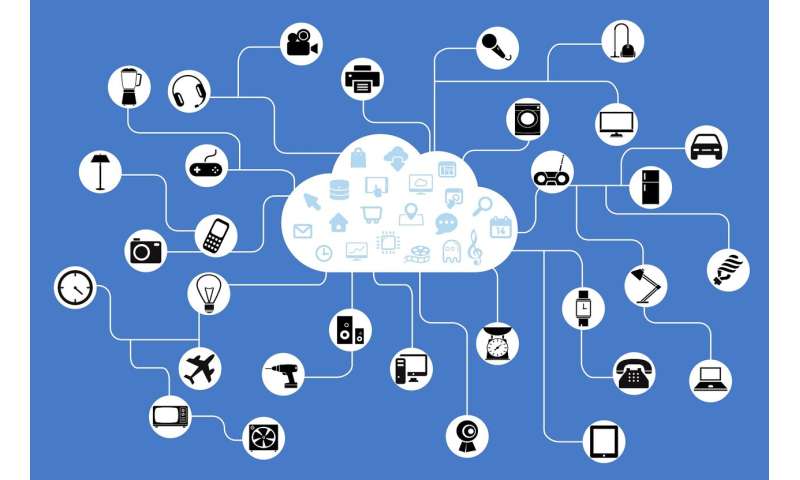
Research into smart cities is on the rise. Smart cities are defined as those using technologies (the Internet of Things, sensors, drones and big data) to improve people’s quality of life. Today, a number of such projects are underway on a small scale, but these are expected to cover whole urban regions in the future.
This is where data management and access come in. Víctor García Font, researcher at the Universitat Oberta de Catalunya’s (UOC) Internet InterdisciplinaryInstitute (IN3) says, “In smart cities it’s easier for the bodies that promote data management rules to force providers to follow certain rules on how to process the data they gather.”
In a study published in the Journal of Parallel and Distributed Computing, García Font puts forward a model for managing data security and control in this type of city, which would also be adapted to serve any social media network or communication platform.
The scientist has designed SocialBlock, an architecture for creating user-centric data management applications. With this new design, data storage and management are decentralized to reduce the current dependency on service providers and return control over data to the actors involved in communication.
Examples of this type of data management are citizen complaint forms and emergency notification systems. García Font said, “The key to decentralized management is that it’s the generator of the data (very often the citizen) who controls them and can store them and decide who to disclose them to.”
Furthermore, decentralization prevents the issues entailed in the current centralized data management model. Bringing it all together in a single server increases the risk of a collapse making the data unusable. It is also more vulnerable to theft of the data of millions of people by individuals or organized groups.
Blockchain for more secure communications
This architecture uses blockchain technology. “This technology is being used to set up many types of decentralized services. For example, for cryptocurrencies, blockchain is a kind of decentralized database where all currency transactions are stored,” said García Font.
Thus, instead of currency transaction data being controlled by a handful of banks, as is the case now, with cryptocurrencies the entire community has control thanks to a common protocol and storage of information in a common data structure.
“The proposed application uses blockchain as a point where necessary information on each user can be found to access the rest of their information,” said García Font. That is, in this technology users have a kind of profile where anyone wishing to send or receive information to or from that user can consult it. They then get cryptographic keys and the internet addresses where they can send the information securely and privately.
Flow of information between users
The new architecture envisages two types of communication: from one user to another and from one user to many. In one-to-one communication the protocol enables the user to safely send a communication directly to a single user.
“In a communication from one to many, a single user sends the same message to many different users but each message is encrypted with different keys for each user,” explained García Font.
His research also includes an assessment of the risks of this type of application and a working prototype that demonstrates the proposed protocols.